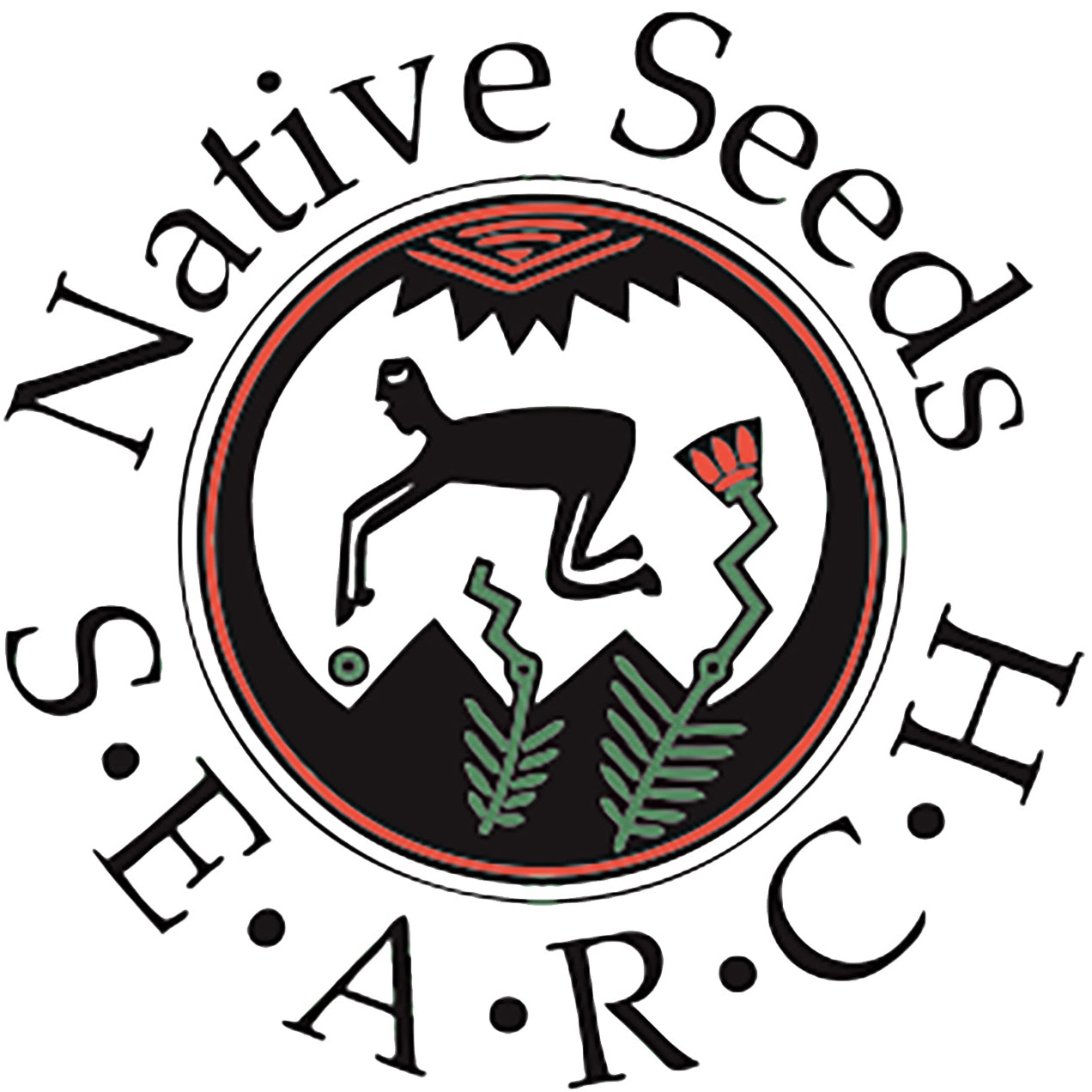
Agriculture in the American southwest is a mix of regionally domesticated varieties, from tepary beans that have been cultivated here for several thousand years to watermelons or wheat which were introduced from other areas but have been grown here for a few hundred years. These later introductions are now central to our regional food heritage. A more recent introduction, sesame, also has the potential to be a part of our regional agricultural traditions.
By Melissa Kruse-Peeples, NS/S Education Coordinator.
Agriculture in the American southwest is a mix of regionally domesticated varieties, from tepary beans that have been cultivated here for several thousand years to watermelons or wheat which were introduced from other areas but have been grown here for a few hundred years. These later introductions are now central to our regional food heritage. A more recent introduction, sesame, also has the potential to be a part of our regional agricultural traditions.
Sesame originates from sub-Saharan Africa and once established, easily holds up to the high temperatures and dry conditions of the Southwest. It is a great option to plant during the summer monsoon season. Seeds for a variety known as Benne are available from a recent growout at the Native Seeds/SEARCH Conservation Farm in Patagonia, Arizona. It grew very well and was a very prolific producer of seed. We were also very pleased with the plant’s ability to attract beneficial insects, including pollinators. Bees were continually humming around the delicate white-to-light-pink blossoms.
Benne (the Bantu word for sesame) was brought to America from East Africa in the 17th century during the slave trade era. African slaves grew it in their subsistence gardens when they could, and introduced it into southern kitchens. Because of its heritage, wonderful flavors, and many uses, Benne became an essential kitchen garden plant in the Colonial & Antebellum South.
Benne is an indeterminate plant, which means the plant continues to produce leaves, flowers and seed capsules as long as the weather remains warm. At our Conservation Farm, the flower stalks reached 5 feet high before we harvested them by hand. It is pretty amazing that such a big plant will grow from such a tiny seed. Each flower will produce a seed pod with numerous chambers. Each chamber will contain about a dozen to two dozen seeds each. Seeds pods will begin to mature from the bottom to the top. Dry, mature pods will begin to burst open, or shatter, while the plant is still producing flowers. Therefore, it is helpful to harvest the dry pods from the bottom before they open. This will avoid reseeding in the field and increase your harvest. Alternatively, when several pods are brown and beginning to dry, you can cut the flower stalk. Hang it in a well ventilated space to dry further. When dry, the pods will easily open with your hands or place them on a tarp and stomp away. Winnow away the chaff. The seeds will be heavier and fall to the bottom. Ensure the seeds are dry before closing them in a storage container to ensure they will not mold.
Harvested seeds can be saved for next year’s planting but most should head for use in the kitchen. The light tan/white seed of Benne is far more flavorful than commercially available varieties of sesame. They have a very rich, nutty taste. Sesame seeds are very high in protein, gluten free, and rich in vitamins such as calcium and iron. Dry seeds can be eaten raw or toasted and are incorporated into many different types of cuisine. Traditional southern use of sesame include the use in baked goods or as a flavoring for rice. The leaves of the plant can also be eaten and traditional uses include using leaves in soups or flavors for rice. Young, immature seed pods can also be sautéed or boiled, similar to okra.
Have you given sesame a try in your garden? Do you think it will be a new part of our Southwestern food heritage?
